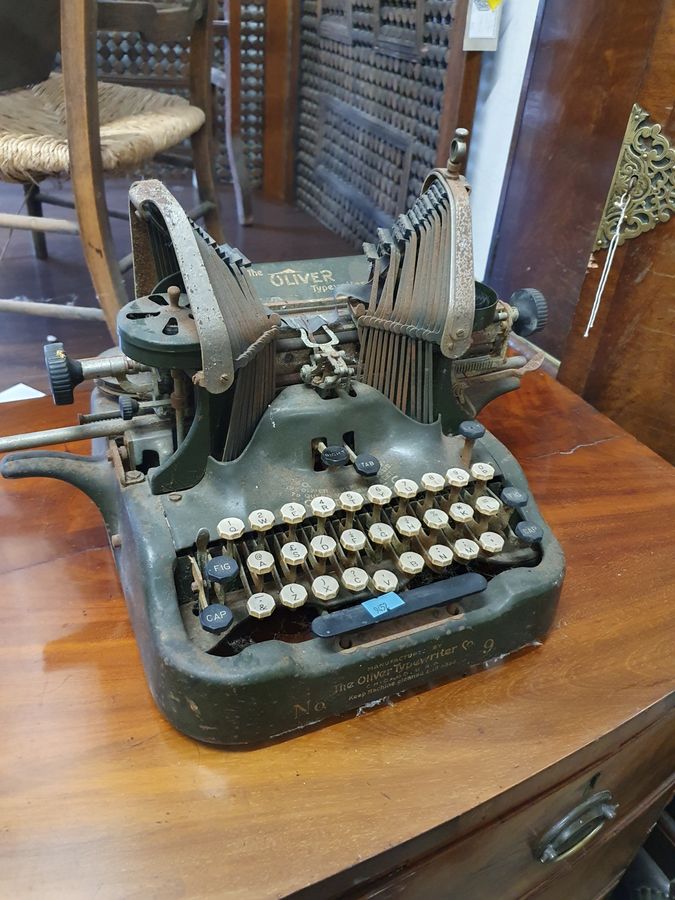WINE FOR EASTER HAPPY EASTER HOLIDAYS
Posted by DAVID TAYLOR on 14/04/2014
WINE AT ITS BEST HAPPY EASTER
The world of wine and champagne has become, in recent times, a major world business – a business of connoisseurship, but increasingly, a business of pleasure for more and more people. Wine and champagne have crept more and more into our consciousness, but we forget that for many people in history, wine (and beer) were the staple drinks when drinking water was of questionable quality. In today’s market, one can buy vintage wines and champagnes of increasing rarity, similar in rarity to the antique furniture, cabinets, coolers and glasses that were once used to store, present and consume them. The George III Scottish Mahogany wine cooler advertised on the site is an example of this kind of rare antique (http://antiques.co.uk/antique/George-III-Scottish-Mahogany-Wine-Cooler). Mahogany, a stylish and rich material evoking quality, security and longevity in quality furniture, is a hallmark of the some of the rarest pieces on the market today. Still, these pieces can also continue exquisitely light touches, such as intricately carved arches, delicate brass handles, and octagonal shaping.
The wines and, later, the champagnes that were stored in these coolers are full of the same magnificent history that the antiques themselves are. In the period that the above antiques was created, for example, George III ruled Great Britain. In France, however, where the majority of the wines of the aristocracy originated from, there was turmoil. The reign of the House of Bourbon was coming to an especially bloody end, culminating in the French Revolution of 1789 and nearly twenty years of political and social upheaval in Great Britain’s primary wine market. One can imagine the aristocrats, their wine merchants unreachable in the turmoil of disrupted transport and post, offering excuses to their guests whilst emptying the last of their precious cellar stock into the wine cooler, which would probably have stood in the dining room, where it was accessible for service. Interestingly, custom dictated that women – and sometimes men – change entirely for their evening meal. Often in the eighteenth-century, aristocratic meals would be marathon events, involving sometimes up to twenty-five dishes. The wine would probably have been consumed after the soup, when guests could toast each other and the host.
In fact, the British loved wine so much that, when Prime Minister Walpole increased taxes on wine in 1733, it was received as an insult to British liberty! Luxury claret was the leading wine in post-Glorious Revolution England but increasingly, and especially during the late 18th century, Champagne found a warm reception in France and Europe. People came to love the celebratory nature of champagne, as well as its sweetness. Champagne empires such as Moet et Chandon and Veuve Clicquot built their empires in this war-torn period on the back of war and aristocratic upheaval. Later, though, another famous widow, Louise Pommery, would capture the hearts and palates of the English market by introducing a much drier Champagne (more like the Brut we know today), more suited to the fashions in England, as opposed to the extraordinarily sweet champagnes of previous years, which contained more sugar per litre than Coca Cola.
Madame Pommery’s 1874 vintage was seen as the marker of modern British champagne taste, containing the same levels of sugar as Brut Champagnes today, marketed to perfection and with sales volumes soaring. Pommery champagne found its way into songs and popular culture, and wine coolers such as the one mentioned above began to be filled with finer and finer products, which were the result of refined technology, refined palates and refined style. Picturing a wine cooler such as any of those on Antiques.co.uk in your dining room, filled with white Burgundy or rare champagne, is a treat as rare as a bottle of Krug is fine.
Good drinking, and good buying, to you,
David.
http://www.umich.edu/~ece/student_projects/food/rules.htm
http://www.historytoday.com/charles-ludington/politics-wine-18th-century-england
http://champagnejayne.com/champagne-pommery/





